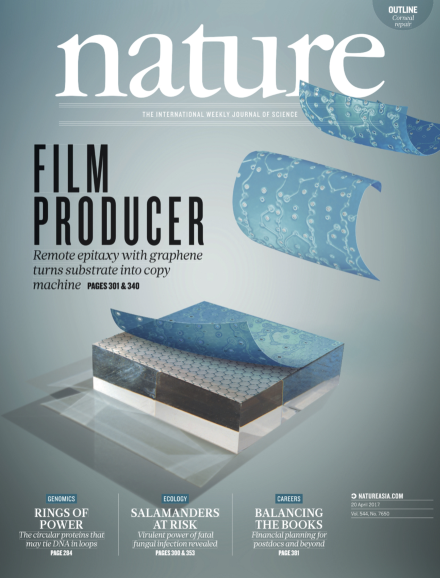Volume 544 Issue 7650, 20 April 2017
Editorial
World View
Seven Days
News
Correction
News Feature
Comment
Books & Arts
Correspondence
Obituary
-
Ronald Drever (1931–2017)
Collection:
News & Views
-
Gut microbes augment neurodegeneration
Collection:
Article
Letter
Feature
Career Brief
Futures
Outline
-
Corneal repair: a clear vision
Nature Outline:
-
Let there be sight
Nature Outline:

